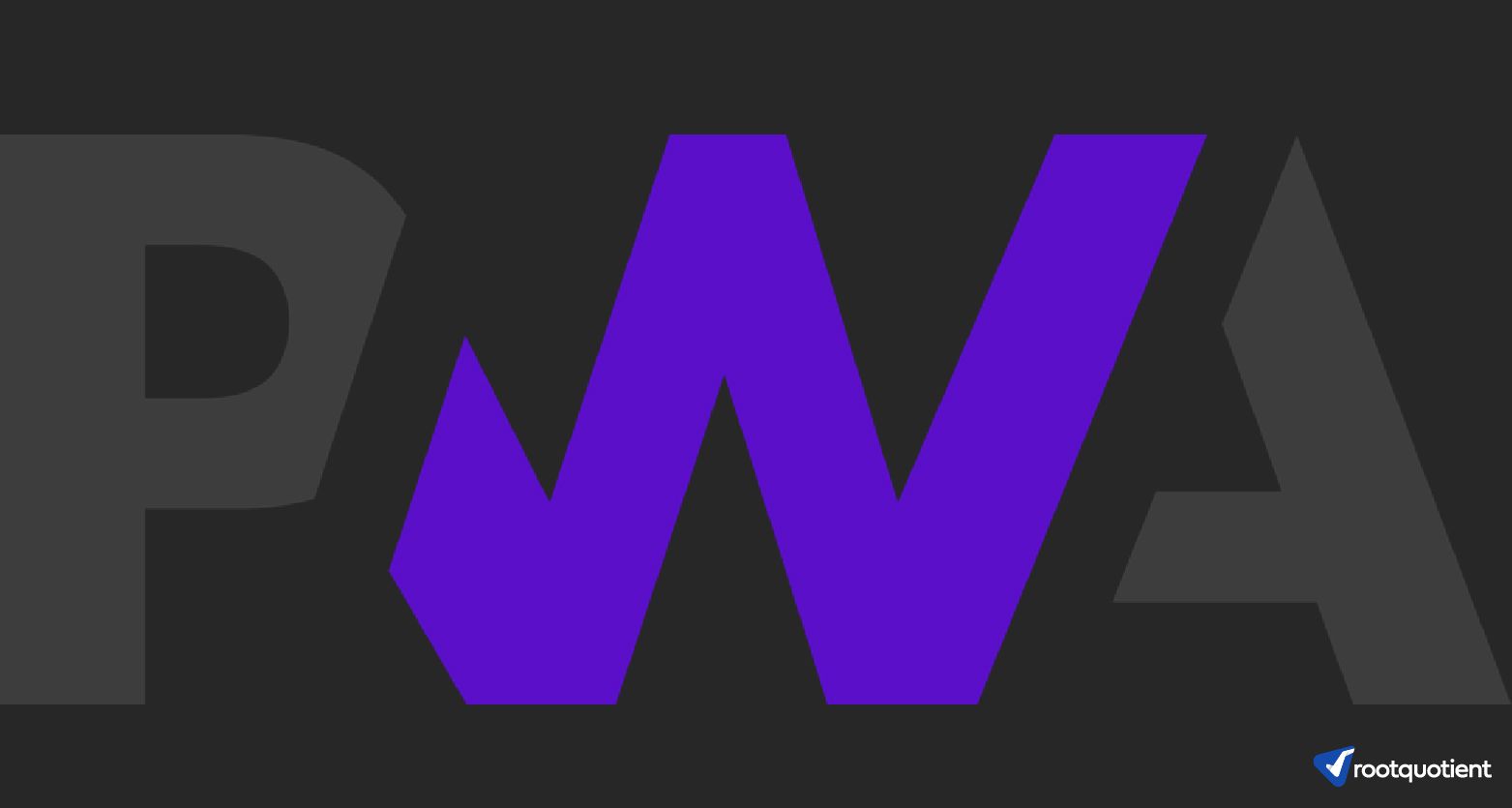As a consumer, have you ever logged into a website rather than go through the process of downloading and installing an app? If your answer is yes, the whole process was smooth and easy because of Progressive Web App (PWA). This takes nothing away from the traditional website experience but only makes it better. It is the combination of mobile app features on a website for easier usage and access to a company’s services and products. As a consumer, there could be various reasons to access a website at a given moment. It could be because of the time-consuming process of installing an application or lack of space in your device or less frequent usage of the service or product or any other practical reason. This proves the importance and necessity of websites even though apps are easier to use. The biggest advantage is that the providers can choose what can be made available offline for consumers, unlike traditional applications. Some providers use this as a marketing tool for their apps where they can insist on downloading the apps to enjoy more services and easier access to products.
While this is a combination of both traditional websites and mobile app, there are certain parameters to make a good PWA.
1.The ‘Progressive’ in PWA
By definition, a progressive app should be accessible in any device making the best use of the users’ device and browser features. It is also important that the website is constantly expanding and regularly updated for easy usage and app-like service. Progressive means ever-growing.
2. Easy searchability
A website should be visible for anyone looking for it in a search engine. This is one aspect where Progressive Web App has an edge over native applications, which are not always visible in search engines. A discoverable PWA assists in reaching more people and without much trouble.
Click to check if your app is accessible to enough for all users.
3. Faster user experience
A good PWA is fast from the start throughout the time period of usage. Users should not be left waiting for the page to load or for any option to work. As the page loads quicker, it increases the usage probability by 123%. The user should have a smooth experience and not be left wondering if their selection was registered or not. The animation, scrolling, visibility of options, etc. should be transparent and smooth.
4. Responsive to various screen sizes
A PWA can be accessed from any device starting from mobiles to tablets to laptops. So, it is crucial to building a web that fits any viewport. The options must fit on the screen and be available for any device. This enhances the user experience and also ensures more traffic to the PWA.
5. Offline availability
A native app never shows a blank page to a user. Similarly, a Progressive Web App should be customized for any user to access it offline. This is a major factor that acts as a bridge between a native application and a traditional website. The provider can choose what features can be made available but it should be enough for a user to enjoy at least the most important and basic features offline.
6. App-like service
A PWA should imitate an app and be built on an application shell model. It should carry minimum page refreshes and the same options as in a native app. The navigation and interaction should not be any different from a native app. This could be considered a trial for a user willing to download the native app at a later time.
7. Re-engageable
Though native apps are more likely to see regular users, the intention of PWA should be to achieve that status. Re-engaging with the users through push notifications and other feasible modes sells the services easier and keeps the customer engaged and not out of sight after merely one purchase.
8. Linkable and installable
A URL that is easy to share and a design that indicates that the PWA is up-to-date is one of the characteristics inherited from a traditional website to make it more accessible. This will ensure that the page is retained when the user bookmarks it or even shares the URL with someone else.
Since it should be available offline, it should be easy to install the PWA on the home screen without involving the app store in between, making it readily available just like a native app.
9. Safe and secure
Since PWAs are accessible in any device and system, it has a more intimate connection with the users, indicating that it can be intercepted through service workers upon network requests. Hence, it has to be hosted with HTTPS to avoid being tampered with.
Talking of security, it should be made obvious for the users as well. Taking permission while providing context and asking for API only when absolutely necessary are some of the responsible steps taken by the service providers to ensure safety to the users directly. Interruptive requests for location, credentials, notifications, etc. without context might develop distrust among the users.
After Twitter launched its Progressive Web App called Twitter Lite, there was a 75% increase in Tweets sent, a 20% decrease in bounce rate, 65% increase in pages per session. Big names like Forbes, Pinterest, Alibaba have delved into PWAs making it one of their primary sources of customer engagement without pushing the users to install their native apps. A user cannot have apps for every service they wish to take from brands and companies. With slowing down of websites due to various reasons like connectivity, traffic, etc., PWAs are the perfect balance between these two. With technology spreading at a rapid rate, PWAs could very well be on their way to breaking more obstacles in customer engagement and better access to products and services.
Reach out to our experts at Rootquotient and get more ideas on how to build native apps and PWAs.



